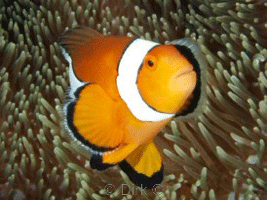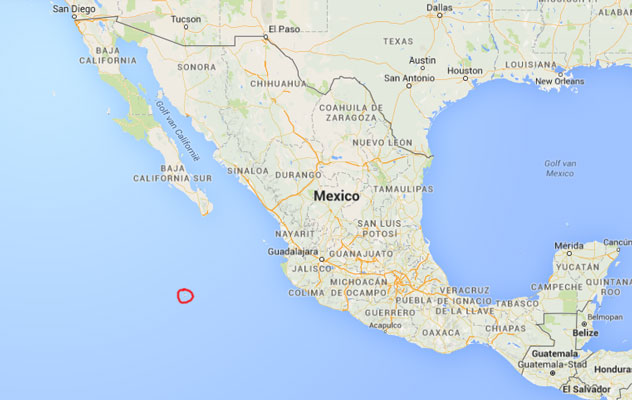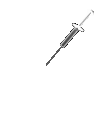www.adcdiving.be © Dirk Wuyts Add this page to your Favorites Welcome to our diving website and travel stories
Travel and diving with sharks, mantas, and dolphins in Mexico Socorro IslandDutch - Nederlands |
 Like and share this travel story and diving with photos of Socorro Island 2017 with your friends on Facebook |























